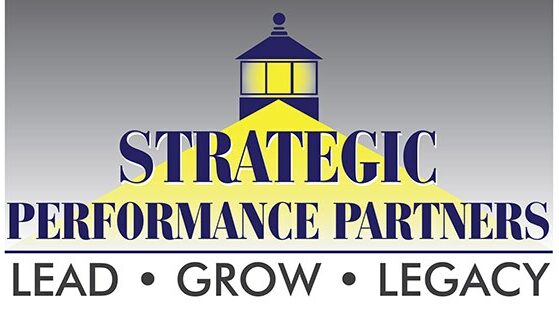
As serving leaders, we are often asked to help bring change to our organizations. How can we help others become better at dealing with change? Can we provide a process that helps our teams deal with transformation on a constant basis?
I believe that the most important skill we can develop in ourselves and others is learning how to deal with change effectively. There are many changes processes available in the market, but with all this information available to us, by most accounts, these efforts fail over 75% of the time. Why is this? Are these processes somehow flawed? What dooms our change efforts to failure?
How do you help insure your efforts take hold? These are serious questions asked by serious leaders every day. I have several answers that you might find interesting, that I have discovered over the past 25 years of professional experience, as both as a senior executive and as a senior advisor to many influential leaders. I’ve been involved in creating new industries, as well as in revitalizing successful markets. I’ll share this week what I’ve learned about leading change.
Change is a constant in today’s global market. The foundation of good change is understanding the alternative to successful change efforts. In a word, failure. Not just a minor failure, but extinction. The reason many of these efforts fail is because the biggest threat to your success is not an overbearing champion, but apathy towards achieving it. Status quo is your biggest threat. Most leaders fail to understand the power residing in the status quo.
Most people do not want to change; they would do almost anything to avoid upsetting their routines. When we soft peddle the reasons we must change, we invite a lack of participation in our initiatives. Change is highly personal and impacts how we see ourselves. If you want it to happen, you have to help people see it’s in their best interests.
At a recent sales conference, I heard Jill Konrath share that many people have over 50 hours of work on their desks right now. She was making the point that people don’t take your calls or return them because they are overwhelmed. Overwhelmed people do not embrace change, ever. Unless, of course, this shift in thinking can give them more time for the things they want to do in their lives. So how does your change empower them to reduce their daily to-do list?
When working with clients, I stress they must want to change before they can change. It’s not enough for most successful people to be told they have to change. For most strong leaders, they are reluctant to change because they feel if they just keep working on a problem, it will go away. Oprah Winfrey reminds her teams that we can’t solve a problem at the level it was created. We must move to a higher level to see potential solutions to our challenges.
If you want people to change you must help them take their thinking to a higher level. When working with clients, I try to remove these self-imposed barriers by asking a simple question. If I give them a magic wand that could change any one thing in their lives, but only one, what they would do today? I ask them to put together a list of up to 10 things they would change in their lives. Then we work together to choose the one that would have the greatest impact on all of others. I then ask what’s in it for them if they made this change happen. We go into significant detail about how their lives would be impacted if they made this change. I help them picture their new, improved life. Only after this discussion do we begin talking about how we can make the change happen.
I want them to understand how hard it is to change. In the past, many leaders would just give an order and then expect others to carry it out. This may have worked in the past, but today it’s a recipe for failure. As our world becomes more complex, we need everyone involved in helping us make change happen. Your leverage exists in your ability to get many people to help champion the change in your organization.
Paradoxically, the more time we invest on the front end of change, the more quickly the shift happens when we engage our change efforts.
Today, we’ve talked about why change happens or, actually, why it doesn’t. On Thursday this week, we give you several tools to help you become better at managing change in your organization.
